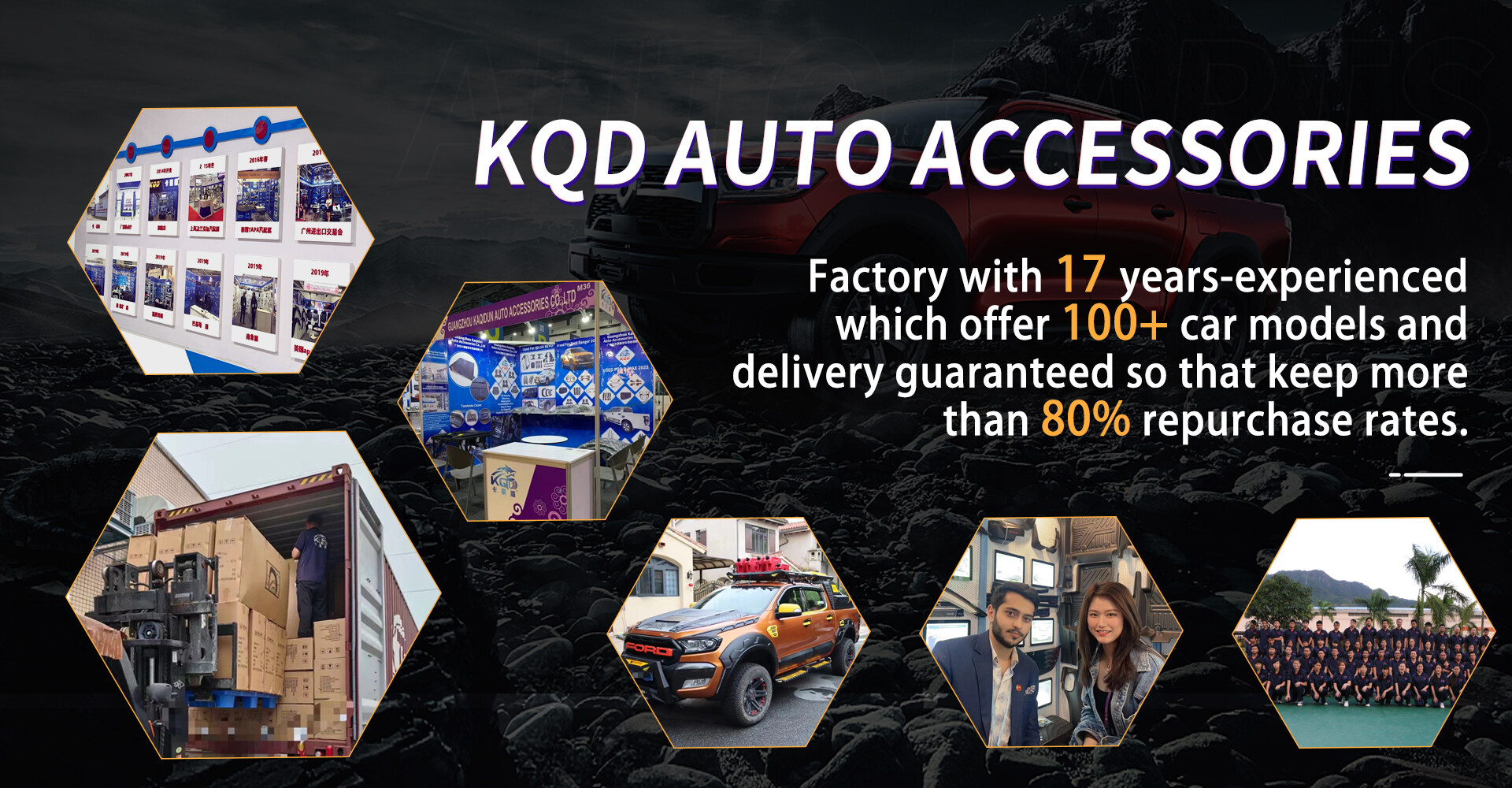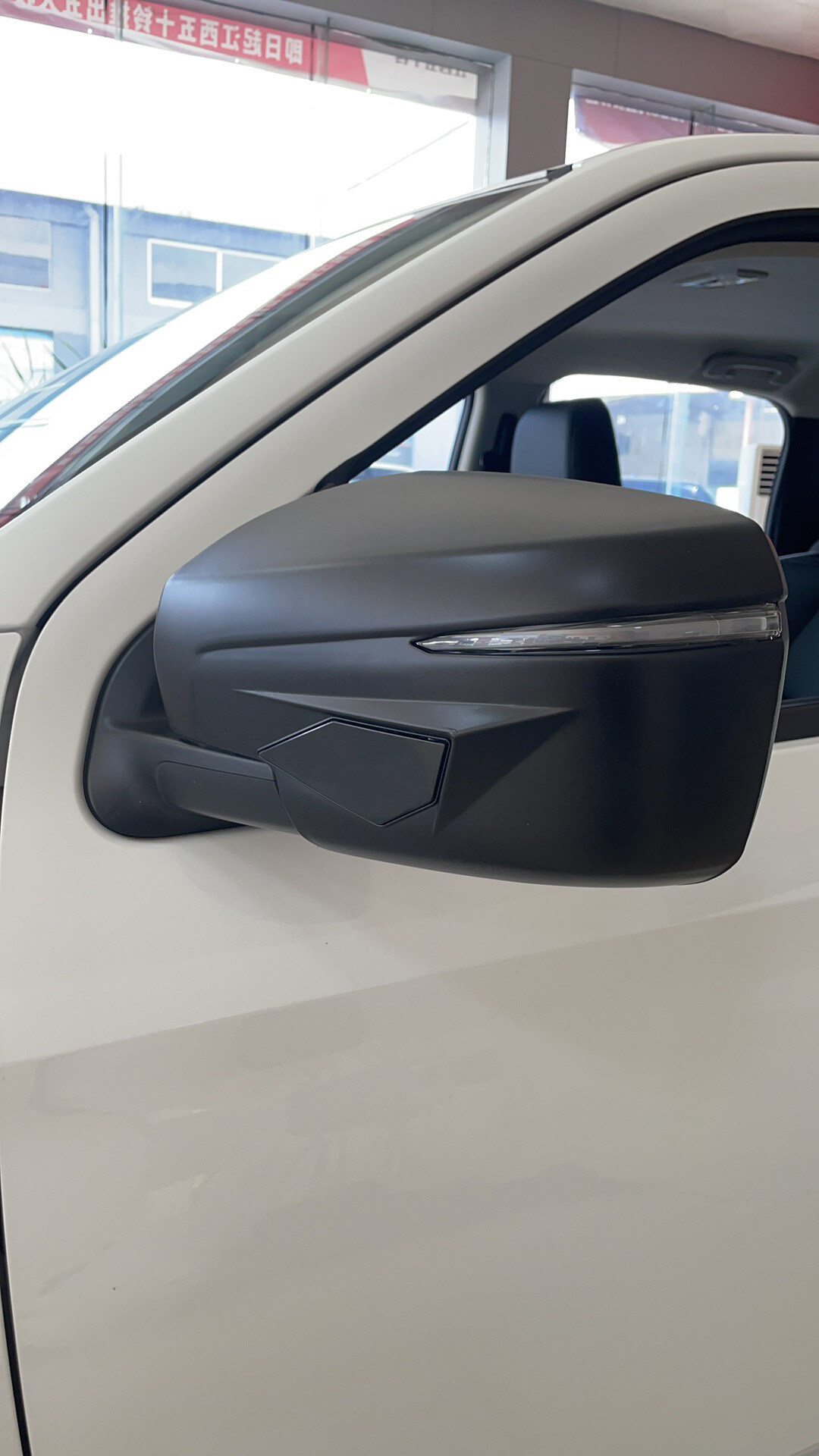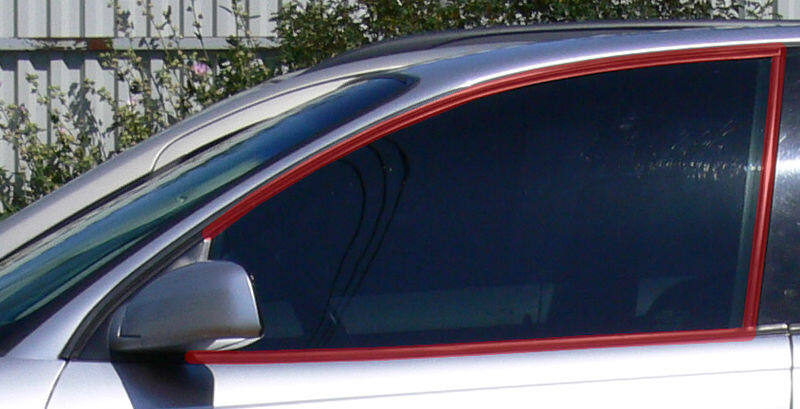Email format error
Email cannot be empty
Email already exists
6-20 characters(letters plus numbers only)
The password is inconsistent
Email format error
Email cannot be empty
Email does not exist
6-20 characters(letters plus numbers only)
The password is inconsistent


Choosing the Right Material for Your Car Window Visors: Pros and Cons of Acrylic, Polycarbonate, and ABS Plastic
Window visors have become a popular accessory for car owners in recent years due to their functional benefits in reducing wind noise, regulating interior temperature, preventing water infiltration and reducing glare from the sun. However, choosing the right type of material for your window visors is essential for optimal performance. In this article, we'll explore the different material options for window visors, their benefits, drawbacks and impact on the overall performance and price of the product.

Acrylic Window Visors
Acrylic window visors are the most commonly used type of visors and are known for their affordability. They are made from a blend of polymers that make them sturdy and durable, yet lightweight. They are easy to install and can be mounted using tape or clips. Acrylic visors offer excellent protection against the sun and rain, reducing glare and preventing water infiltration.
One of the drawbacks of acrylic visors is that they tend to scratch easily. As such, they require frequent cleaning to maintain their clarity. Acrylic visors are also prone to fading over time due to exposure to UV radiation. However, they remain an affordable option for car owners seeking to enhance the look and performance of their vehicle.
Polycarbonate Window Visors
Polycarbonate window visors are another popular material option for window visors. They are made from a type of durable thermoplastic material that is highly resistant to impacts, making them ideal for use in extreme weather conditions. Polycarbonate visors have excellent optical clarity and can withstand exposure to UV radiation without fading.
One advantage of polycarbonate visors is that they are scratch-resistant. This means that they do not require frequent cleaning and maintenance, compared to acrylic visors. They are also easy to install using tape or clips, like acrylic visors. However, one major drawback of polycarbonate visors is that they tend to be more expensive than acrylic visors.
ABS Plastic Window Visors
ABS plastic window visors are a newer material option for window visors. They are made from a thermoplastic polymer that is known for its durability and impact resistance. ABS plastic visors are lightweight and easy to mount using tape or clips. They offer excellent protection against the sun and rain and are highly resistant to scratches and fading.
One advantage of ABS plastic visors is that they are less expensive than polycarbonate visors. They also have excellent resistance to impact and extreme weather conditions, making them ideal for use in harsh environments. However, they may not offer the same optical clarity as acrylic or polycarbonate visors.
Customization Options
In addition to material options, many window visor companies offer customization options for car owners. These options include color matching, logo printing, and tinting. Color matching allows car owners to match the visors to the color of their vehicle, giving them a more cohesive and stylish look. Logo printing allows car owners to personalize their visors with their favorite logos or brand names. Tinting allows car owners to enhance the privacy and aesthetic value of their vehicle.
Conclusion
In conclusion, choosing the right material for your window visors is essential for the optimal performance and aesthetic value of the product. Acrylic visors are affordable and easy to install, but tend to scratch easily. Polycarbonate visors are durable, scratch-resistant and offer excellent optical clarity, but tend to be more expensive than acrylic visors. ABS plastic visors offer good resistance to impact and extreme weather conditions, but may not offer the same optical clarity as other materials. As such, it's up to car owners to decide which material option suits their needs and budget.

